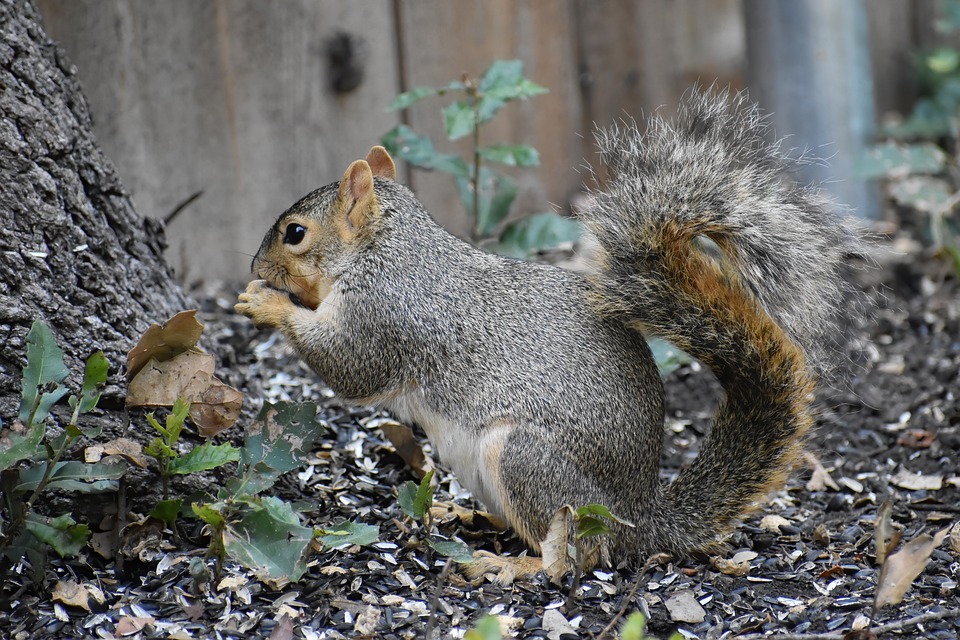The world is a tapestry of diverse cultures, each with its own set of traditions and rituals that have been passed down through generations. These rituals hold a special significance for the communities that practice them, serving as a way to connect with their roots, honor their ancestors, and celebrate their unique heritage. In this article, we will delve into the magic of tradition, exploring the symbolism behind regional rituals and the profound meaning they hold for those who partake in them.
Historical Context
Regional rituals have deep historical roots, often dating back centuries or even millennia. These rituals were originally developed as a way for communities to mark important milestones, such as births, deaths, weddings, and harvests. Over time, they evolved into more elaborate ceremonies that incorporated symbolic elements meant to convey deeper meanings and messages.
For example, in the Japanese tradition of hanami, or flower viewing, people gather to admire the beauty of cherry blossoms in bloom. This ritual has its origins in the Heian period (794-1185) when aristocrats would hold extravagant flower-viewing parties as a way to showcase their wealth and social status. Today, hanami has become a beloved cultural practice that signifies the transient nature of life and the beauty that can be found in fleeting moments.
Current State
While some regional rituals have faded into obscurity over time, many continue to be practiced fervently by communities around the world. These rituals serve as a way for people to connect with their cultural heritage and maintain a sense of belonging in an increasingly globalized world. In some cases, regional rituals have even experienced a resurgence in popularity, as younger generations seek to reconnect with their roots and preserve the traditions of their ancestors.
One such example is the Celtic festival of Samhain, which has experienced a revival in recent years as people seek to reclaim the ancient traditions of their Celtic ancestors. Samhain, which marks the end of the harvest season and the beginning of winter, is a time when the veil between the living and the dead is believed to be thinnest. People celebrate by lighting bonfires, wearing costumes, and honoring their deceased loved ones.
Symbolism
Regional rituals are steeped in symbolism, with each element of the ceremony holding a specific meaning or significance. These symbols often draw on the natural world, cultural myths, and historical events to convey messages about the human experience and the interconnectedness of all things. By understanding the symbolism behind regional rituals, we can gain insight into the values, beliefs, and traditions of the communities that practice them.
- Fire: Fire is a common element in many regional rituals, symbolizing purification, transformation, and renewal. The act of lighting a bonfire or candles is often used to ward off evil spirits, celebrate the changing of seasons, or mark important milestones.
- Water: Water is another powerful symbol in regional rituals, representing life, purity, and healing. Many rituals involve the use of water in the form of holy springs, rivers, or ritual baths to cleanse the body and spirit.
- Earth: The earth is often revered as a sacred element in regional rituals, symbolizing stability, fertility, and nourishment. People may offer gifts of food, flowers, or other natural items to the earth as a way to show gratitude and respect for its bounty.
Future Predictions
As the world becomes increasingly interconnected, regional rituals are likely to continue to evolve and adapt to the changing times. While some traditions may fade away, others will endure and even experience a renaissance as people seek to reconnect with their cultural heritage and find meaning in the modern world. In the future, we can expect to see a blending of traditional rituals with contemporary practices, as communities strive to preserve their unique identities while embracing the diversity of the global community.
For example, the Hindu festival of Diwali has become a widely celebrated holiday in many parts of the world, transcending its regional origins in India. People of all backgrounds now partake in the lighting of clay lamps, fireworks, and sharing of sweets to symbolize the triumph of light over darkness and good over evil. This fusion of traditional rituals with modern interpretations serves as a testament to the enduring power of cultural traditions to unite people across borders and generations.
Conclusion
In conclusion, regional rituals are a powerful expression of cultural identity, heritage, and community. By delving into the symbolism behind these rituals, we can gain a deeper appreciation for the values, beliefs, and traditions of the people who practice them. As we look to the future, we can expect regional rituals to continue to play a vital role in preserving cultural heritage, fostering a sense of belonging, and connecting people around the world.
Thank you for joining us on this journey through the magic of tradition and the symbolism behind regional rituals. We encourage you to explore further resources on this topic to deepen your understanding and appreciation of the diverse cultures that make up our global community.
